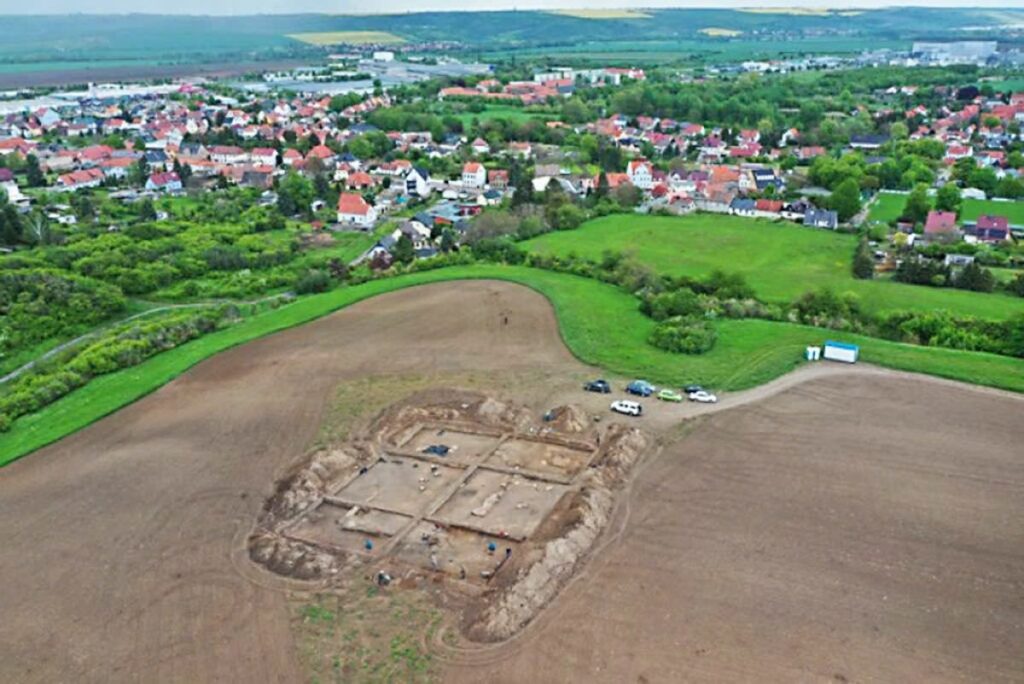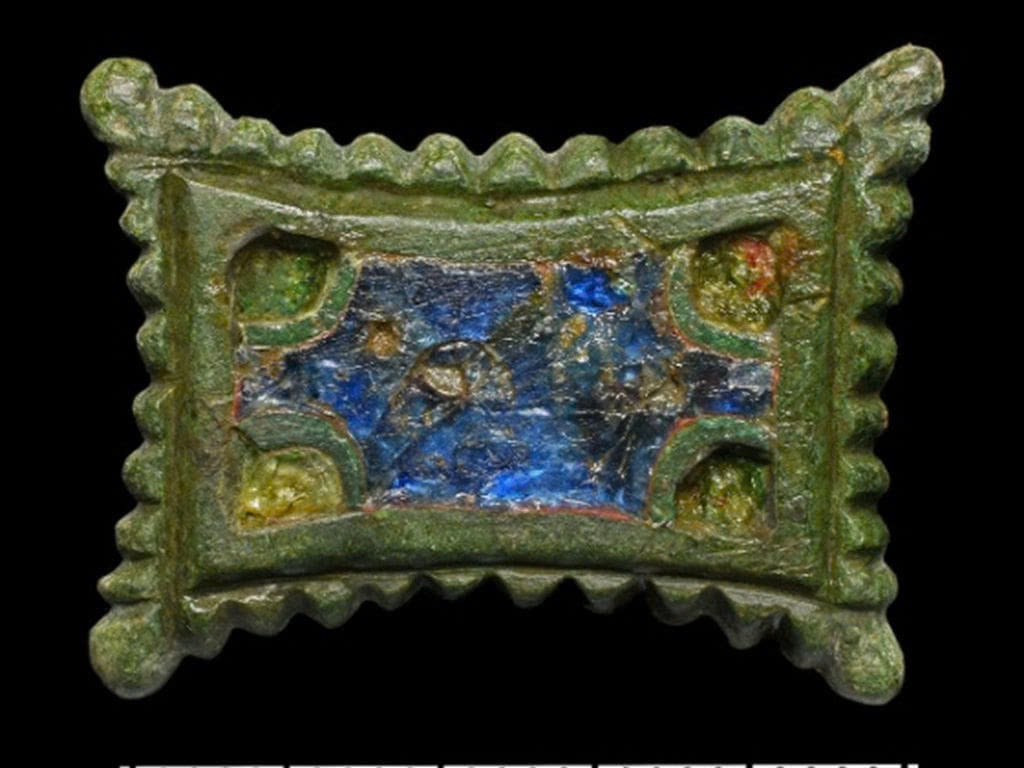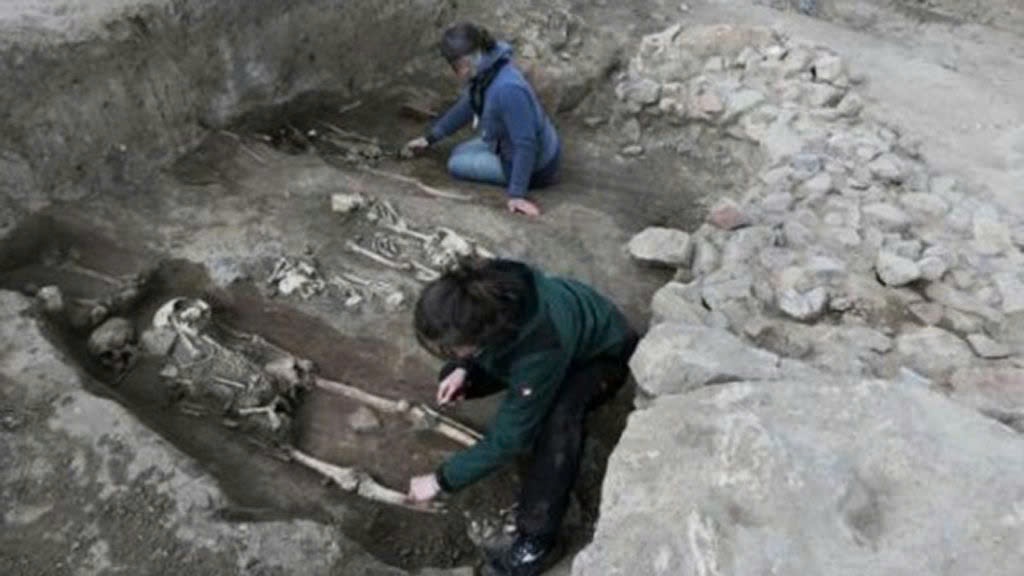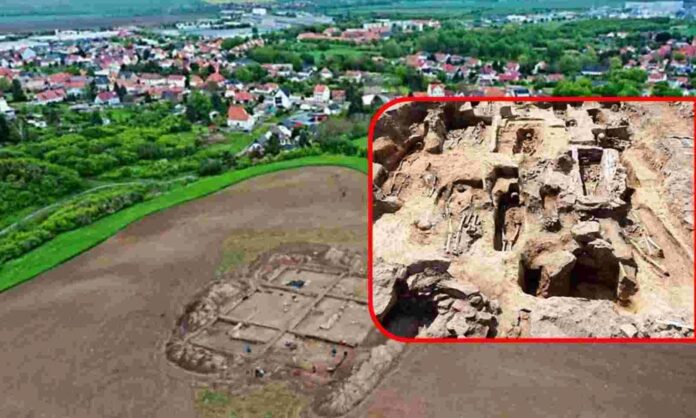Ancient Royal Palace Reveals Its Secrets

In a remarkable archaeological discovery, the foundation walls of a large church have been unearthed in Eisleben, Saxony-Anhalt, Germany. This find is part of the rediscovered Royal Palace of Helfta, hidden beneath a cornfield for centuries.
A Church Fit for Emperors

The church, believed to have been dedicated to Saint Radegund, boasts impressive dimensions:
- Length: 98 feet (30 meters)
- Width: 66 feet (20 meters)
Project manager Felix Biermann describes it as “a magnificent, exceptionally large church, which proves the importance of this location in the Ottoman era.” The structure’s grandeur suggests it was more than just a local place of worship – it was a symbol of royal power.
Historical Significance
Evidence indicates that Otto I, known as Otto the Great, and his son Otto II ‘the Red’ dwelled at this site. Otto I, who ruled as King of Germany and later as Emperor of the Holy Roman Empire, is thought to have attended the church’s inauguration.
Treasures Unearthed

The excavation has yielded a wealth of artifacts, including:
- Coins and a tiled stove from the 14th and 15th centuries
- A fragment of a bell
- A cemetery with 70 graves
- Stone tombs from the 10th to 15th century
- Various ornamental items such as belt fittings, brooches, and utensils
A Window into Medieval Life

The discovery provides invaluable insights into the lives of medieval nobility. Biermann notes that the cemetery was likely “the burial place for the aristocratic families of the region.”
Ongoing Exploration
The excavation, which began with the discovery of palace ruins in 2009, is set to continue until September. It has already revealed residential and commercial structures, grand buildings, and possibly an auditorium.

Minister-President Reiner Haseloff believes this find will close “an important gap in the history of the country,” highlighting its significance for understanding Germany’s rich past.

